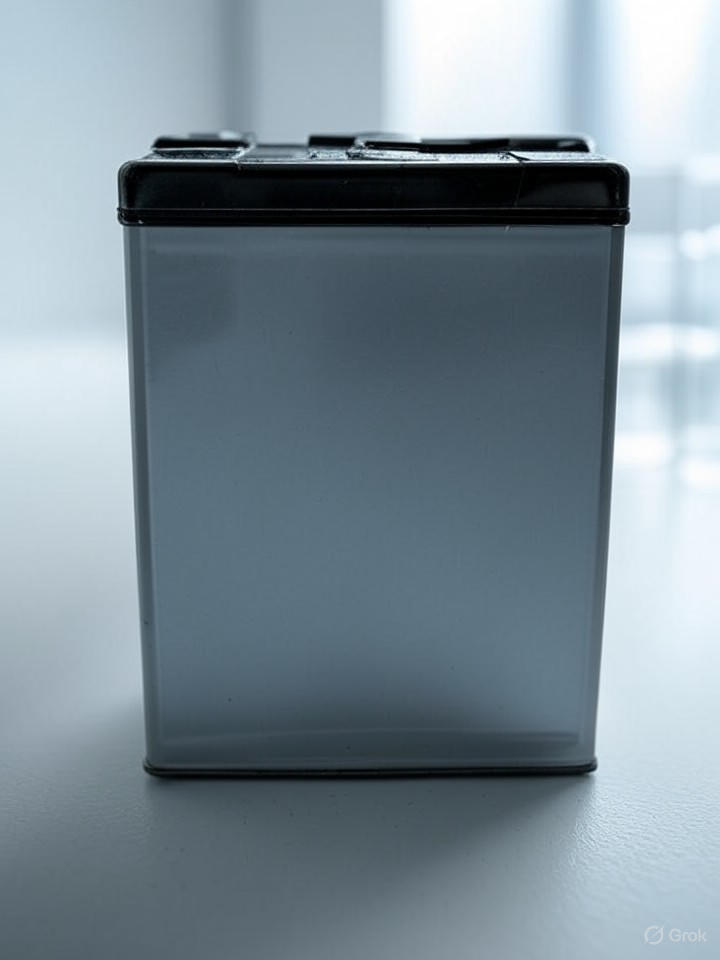In the rapidly evolving world of energy storage, where rechargeable batteries power everything from smartphones to electric vehicles, misinformation can spread like wildfire. A recent conspiracy theory circulating on social media platforms claims that battery manufacturers deliberately weaken rechargeable cells to force consumers into a cycle of frequent charging, thereby bolstering dependency on grid infrastructure and boosting corporate profits. This notion, which gained traction in online forums, posits a shadowy cabal of tech giants suppressing superior battery technology to maintain control over energy consumption.
Proponents of the theory often point to anecdotal evidence, such as the perceived shorter lifespan of modern lithium-ion batteries compared to older models, suggesting intentional obsolescence. However, industry experts and online communities have swiftly moved to dismantle these claims, highlighting the scientific and economic realities that drive battery innovation.
Unpacking the Myth of suppressed technology
At the heart of the debunking is a viral Reddit thread where users, including engineers and battery specialists, dissected the theory point by point. As reported in an article on MSN, the community labeled the idea “absolutely false,” emphasizing that battery performance is constrained by fundamental physics, not corporate conspiracies. Factors like energy density, thermal stability, and material degradation naturally limit how powerful and long-lasting batteries can be without compromising safety.
For instance, lithium-ion batteries, the workhorse of today’s devices, face inherent challenges such as dendrite formation during charging cycles, which can lead to short circuits. Research from ScienceDaily’s batteries news section underscores that ongoing advancements aim to mitigate these issues, not hide them, with innovations like solid-state electrolytes showing promise for higher capacity without the alleged suppression.
The economic incentives for better batteries
Contrary to the conspiracy narrative, the incentives for developing superior rechargeable batteries are immense, driven by market demands in electric vehicles and renewable energy storage. Companies like Tesla and Panasonic invest billions in R&D to extend battery life and reduce charging times, as any breakthrough would dominate the market and yield massive returns. The MSN piece quotes community members noting that if a “perfect” battery existed, it would be commercialized immediately, not hidden away.
Moreover, historical precedents debunk the idea of tech suppression. CleanTechnica has chronicled how myths about battery-powered transportation often stem from misinformation, pointing out that real progress—such as the shift from nickel-cadmium to lithium-ion—has been transparent and iterative, fueled by competition rather than collusion.
Safety and regulatory realities
Safety regulations further explain why batteries aren’t infinitely powerful. Overpowered cells risk overheating or exploding, as seen in past incidents with consumer electronics. The Wired article on battery myths explains that charging habits and material science dictate performance limits, not deliberate weakening. Industry insiders know that regulatory bodies like the International Electrotechnical Commission enforce standards to prevent such risks, ensuring that advancements prioritize user safety over unchecked power.
Additionally, environmental considerations play a role. As Batteries News highlights, the push for sustainable materials in rechargeable batteries, like recycling cobalt and lithium, counters any notion of wasteful design. The conspiracy overlooks these multifaceted drivers, simplifying complex engineering into a nefarious plot.
Looking ahead to genuine innovations
While the theory has been roundly dismissed, it underscores a broader challenge: public skepticism amid rapid technological change. Experts from The Cool Down, referenced in the MSN coverage, stress that true progress in battery tech is “growing in leaps and bounds,” with quantum leaps expected in areas like graphene-enhanced anodes.
For industry players, this episode serves as a reminder to communicate transparently about limitations and breakthroughs. As rechargeable batteries continue to underpin the global shift to clean energy, debunking falsehoods ensures that innovation proceeds unhindered by baseless fears. In the end, the real conspiracy might be how easily misinformation can charge up online discourse, only to be short-circuited by facts.




 WebProNews is an iEntry Publication
WebProNews is an iEntry Publication